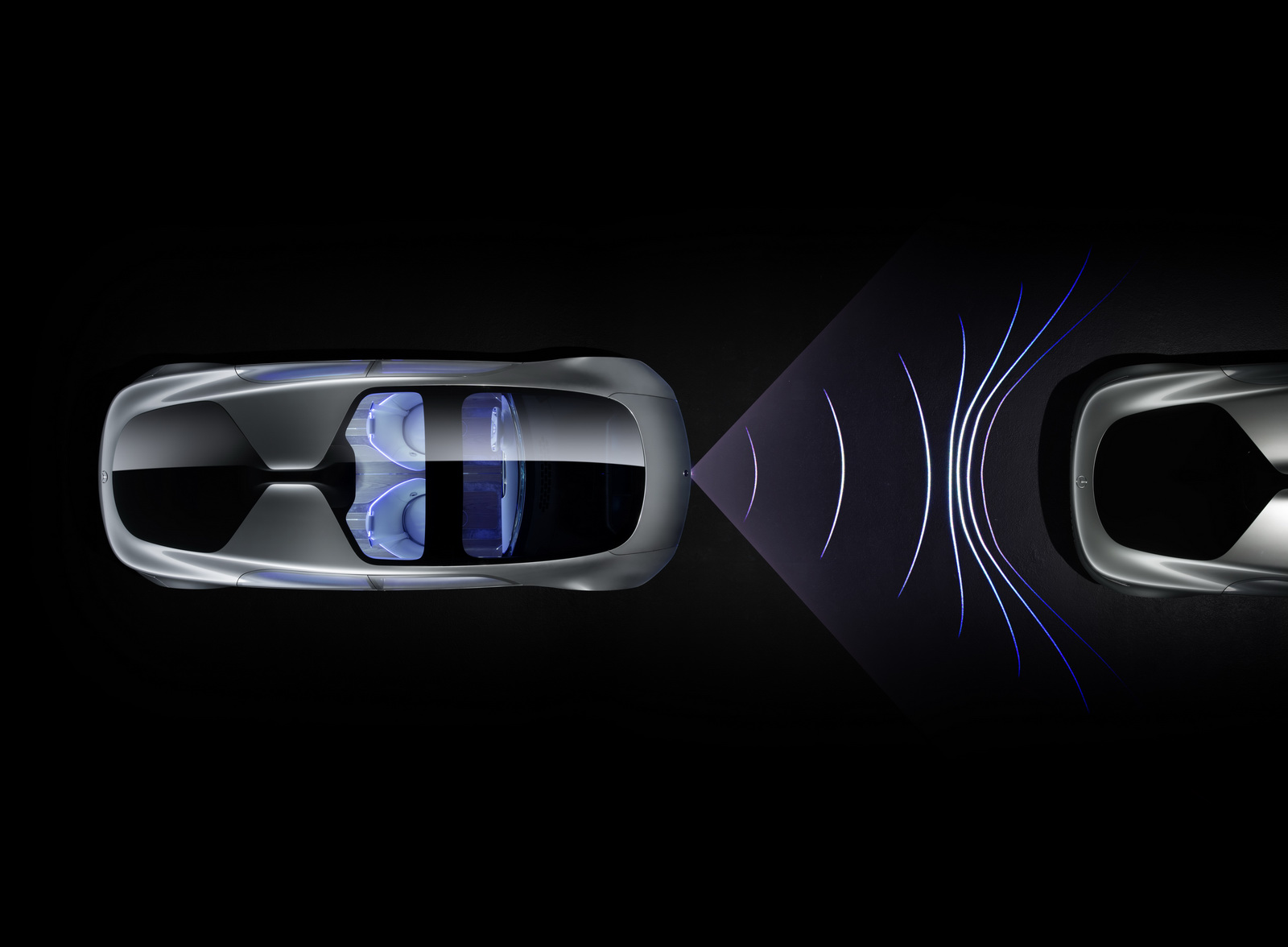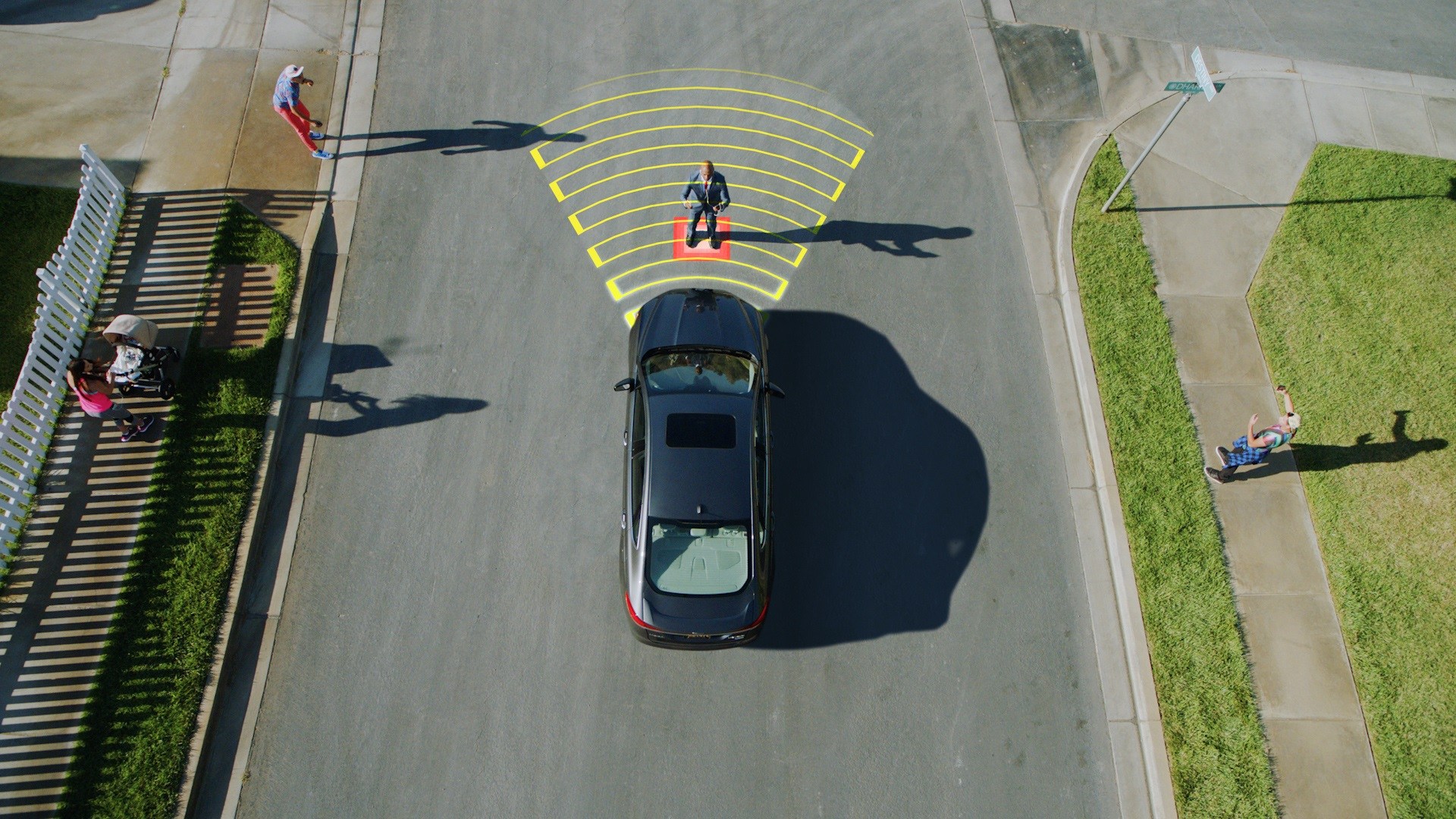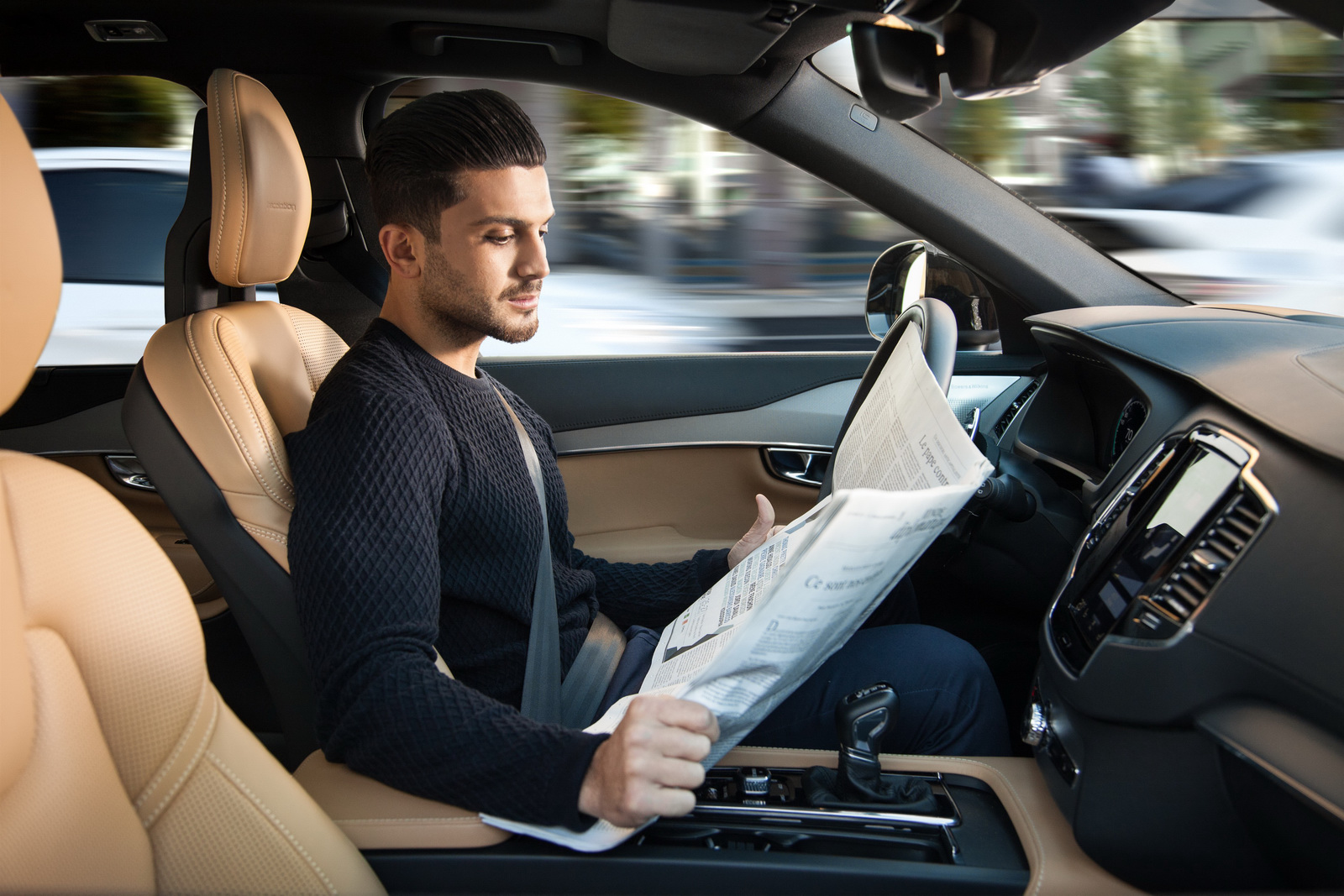With both car and tech companies scrambling to develop systems that allow drivers to take their hands off the wheel and eyes off the road completely, policymakers must now consider who will foot the bill in case of an accident.
In the UK, lawmakers have already approved the Automated and Electric Vehicles (AEV) Act, bringing some clarity on how to develop insurance policies for fully-autonomous vehicles. In other markets, such as the U.S., there’s still work to be done.
It’s pretty straight forward, actually
In Great Britain, AXA Insurance UK exec David Williams explains that there’s a clear structure for liability, with car owners required to purchase an insurance policy that complies with road traffic rules, CNN reports.
Since autonomous cars allow the driver to switch between manual and self-driving mode, having two distinct insurance policies would be “too complicated,” said Williams. Instead, car owners will be able to buy one insurance policy that covers both driving modes, with insurers continuing to pay out for claims, yet getting back some of the cost from carmakers whenever it’s the on-board tech’s fault.
Williams also expects the total number of road accidents to decline in the near future, which means insurers will be faced with less accident claims. “And a proportion of these claims will be passed on to the manufacturers,” he added.
“We take the view that compulsory third-party liability insurance works well in protecting road users and that this will continue to be the case with ongoing technological developments, such as connected and autonomous vehicles,” stated Nicolas Jeanmart, head of personal and general insurance at Insurance Europe.
The numbers are in
According to the NHTSA, human error is a factor in no less than 94% of all car crashes, which is something that autonomous cars could, for the most part, rectify.
“If, in time, 50% of cars are safe and have less accidents, that means the remaining manual cars will have less accidents too,” said Williams, who thinks that while claim costs for self-driving cars might be high at first, due to the expensive tech they incorporate, that might all change as production ramps up in time.
Sharing the costs
Since autonomous cars could one day allow for shared car ownership, this means that new types of insurance policies will need to be written up to cater to such scenarios.
“Even in the case of shared vehicles, the vehicle itself still needs to be insured, regardless of whether the insurance is shared between the owners or otherwise,” Jeanmart concluded. Sounds pretty straightforward to us.






